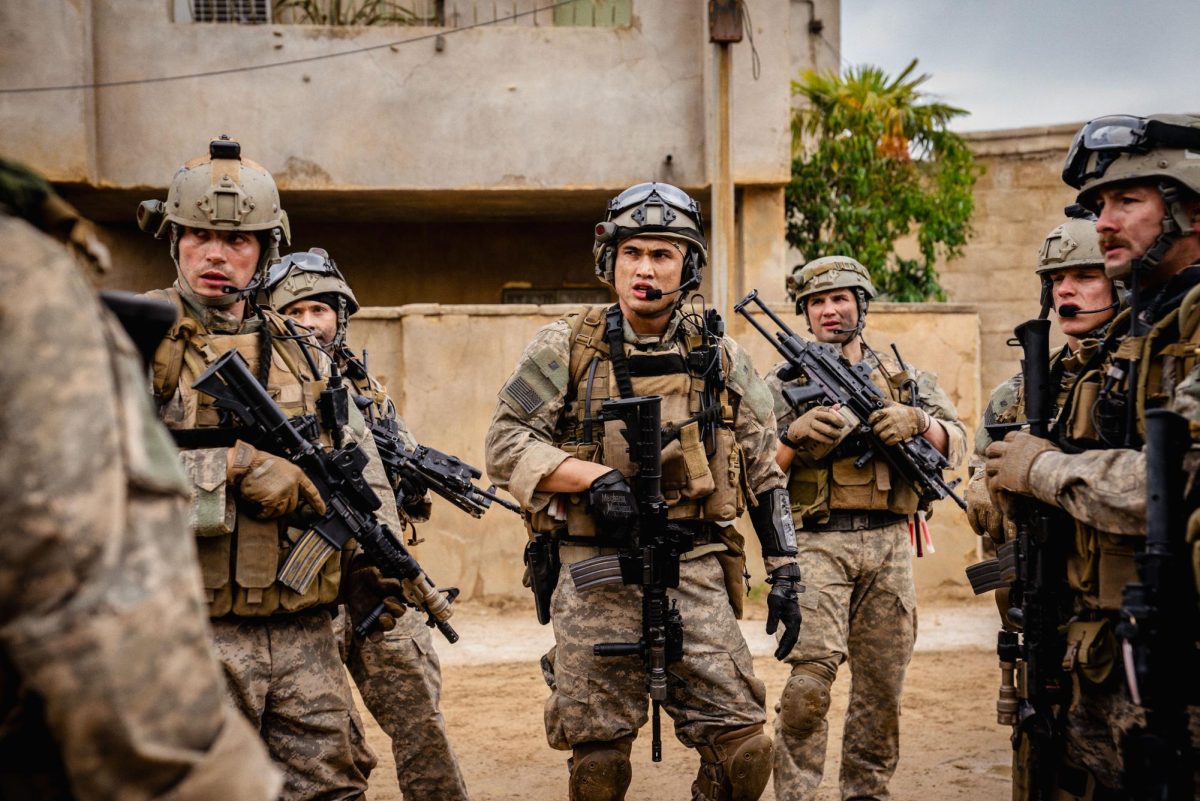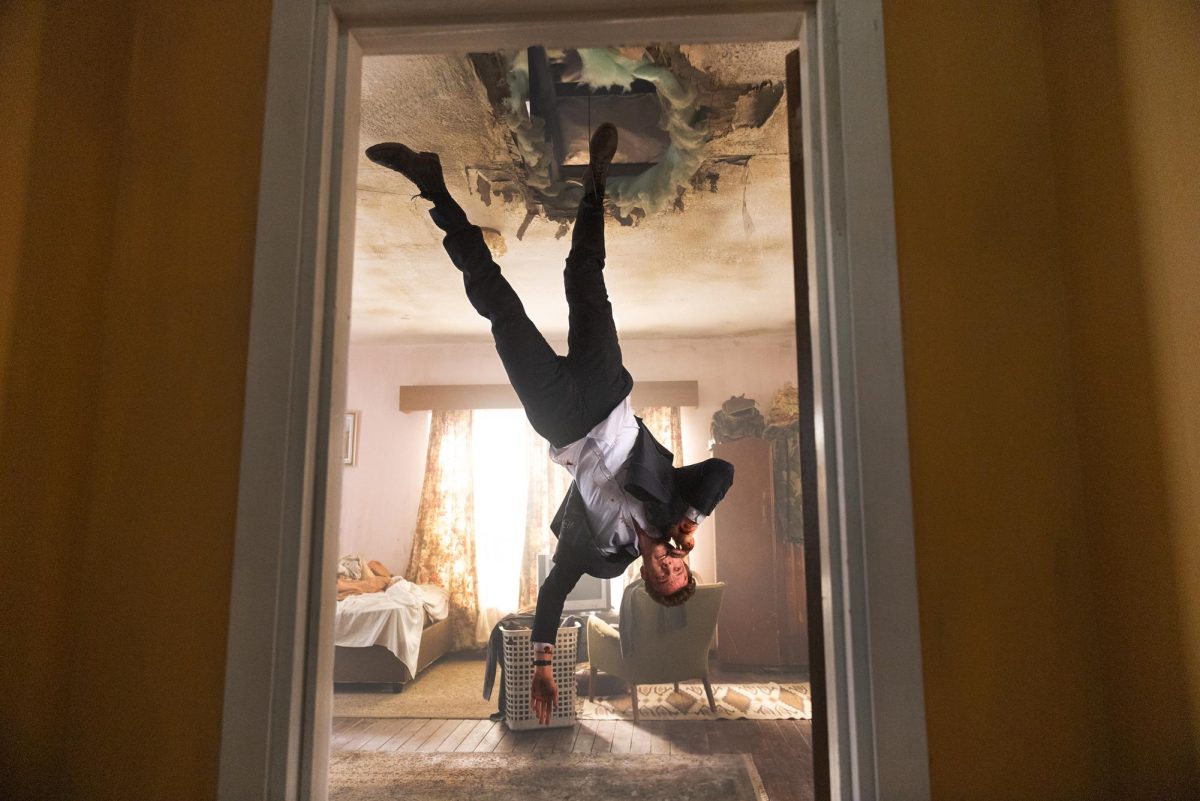At first glance, Brian Cohen’s panoramic photographs are merely pictures of the snowy, Pennsylvanian wilderness. But taking a second glance, it’s difficult to see that lurking behind the frostbitten trees is an industrial-looking tower storing the contents used in hydraulic fracturing.
Cohen is one of six photographers featured in the “Marcellus Shale Documentary Project,” which made its debut at the Handwerker Gallery on Aug. 28. The project is a travelling photography exhibition and online archive that seeks to educate audiences on the social, environmental and economic impacts of fracking in Pennsylvania and on its residents. The exhibit also features photographers Noah Addis, Nina Berman, Scott Goldsmith, Lynn Johnson and Martha Rial.
Most of Cohen’s photographs in the exhibit show his human subjects outdoors and often grouped together with animals. Hidden behind trees or in mist in the background is the infrastructure of the pipeline along the Marcellus Shale, keeping a subtle but looming reminder of its threat.
Addis’ work, which documents naturalistic scenes obstructed by drilling machines, draws parallels between the affected residents and their environment.
His portraits leave no room for obscurity; the blank backdrop emphasizes the tired, resilient expression visible in all of his subjects. Resident Fred McIntyre’s wrinkled face mirrors the form of the gas pipeline construction along Valley Chapel Road in Morris, where a once-dense forest is now parted by the upheaval of land. These stylistic choices create emotionally charged images despite their objective banality.
Berman’s work lies more within the realm of traditional documentary photography, which is typically candid shots of people. As such, her style forgoes pin-sharp accuracy. Berman’s photographs play with reflections, and the juxtaposition of light and dark give her images a surrealism that justifies the collection’s artistic merit.
Goldsmith’s work tends toward abstraction. His use of alternative lenses — like windows and mirrors — give his photographs a quiet sense of observation. He crops figures and skylines, imitating the close ambiguity of the media’s coverage of fracking. Goldsmith’s depiction of the landscape is almost magical, and it has a deceiving quality; a black tarp in the water turns into gold, the water itself turns into fire and fireflies dance around fields supposedly misted by toxic fracking fluids.
Johnson’s collection of “impressions” from all corners of Pennsylvania was taken on her iPhone, a decision that amplifies, rather than inhibits, the effectiveness of her work. The portability and discretion of the iPhone allow Johnson to capture a less vulnerable, more defiant and determined subject. Candid, simple and viral, these photographs aim to translate this phenomenon into the visual language to which our technological society is more accustomed.
The saturation of Rial’s photographs brings a traitorous luminosity to the lives and landscape affected by the gas drilling. The vibrant reds, blues and greens act as an almost artificial additive to the underlying industrialization of this sector.
Despite the varied styles and subjects of these photographers, their collective message remains cohesive. Their images maintain an artistic quality not lessened by documentary intent.
Overall, the artists in the “Marcellus Shale Documentary Project” do a beautiful and subtle job of mingling the ugly reality of fracking with idyllic Pennsylvanian farms, wilderness and people.
The exhibition runs through Sept. 27. For more information visit www.ithaca.edu/handwerker or www.the-msdp.us.










